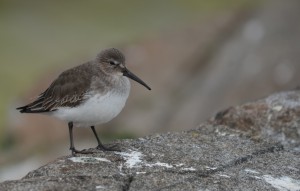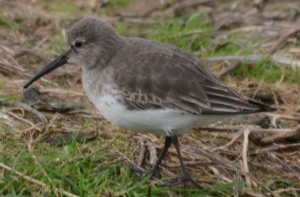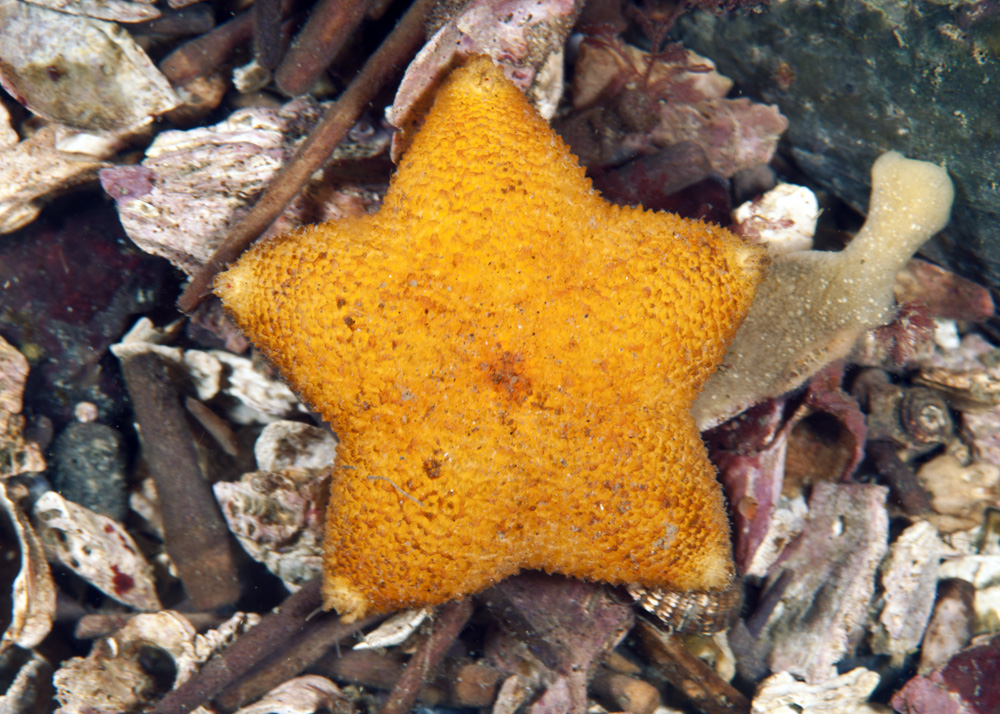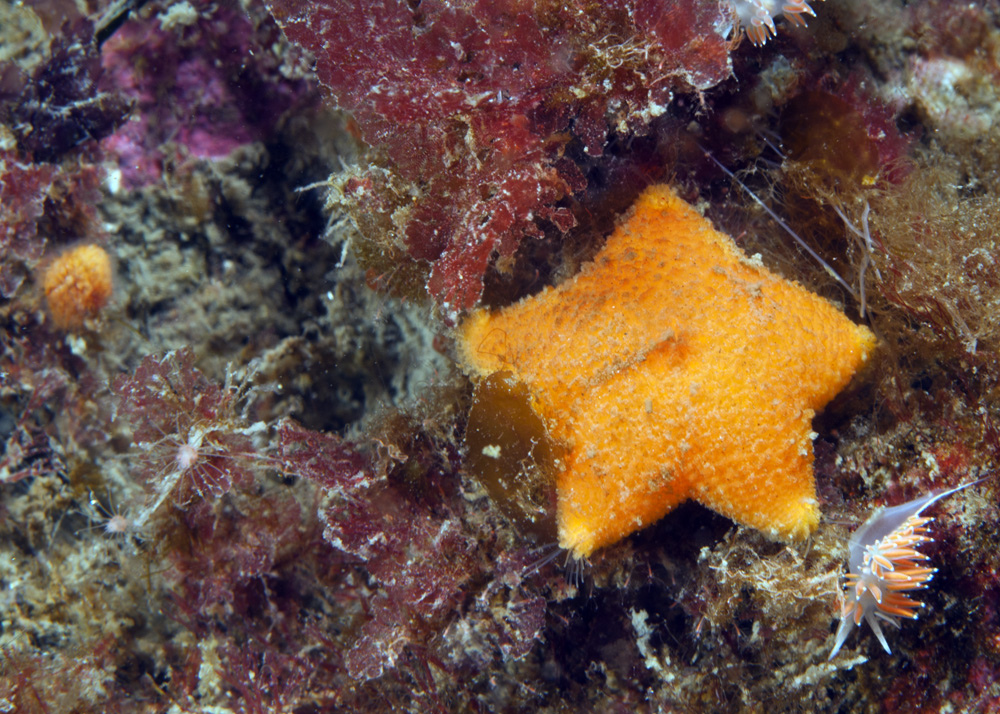It was another north-easterly day, with an ocean swell running up and down the islets of the Race. Although it was mostly overcast in the morning, periods of sunshine dominated and it was a pleasant, autumn day. The barometer continued to climb until about noon and then slipped back down, but not as far as yesterday’s low. The marine forecast is for variable winds in the morning and west Wednesday evening with periods of rain during the day.
In the pinniped world of Race Rocks, haul-outs are shifting around like musical chairs. Steller Sea lions are now abundant on North Rock, which in September was the exclusive domain of Harbour Seals. There is a small Harbour Seal hauling out in the jetty bay now and most of the California Sea Lions have moved to the south and west side of Great Race. Middle Rock, which had ten Elephant Seals, a few weeks ago, now has over one hundred Steller Sea Lions and five of the Elephant Seals have moved back onto Great Race. They arrived all wet and big-eyed this morning and moved in for all day slumbering. All of these pinnipeds make interesting sounds, music to their ears, I am sure, and they all distinctly different. More on that another day.
It is quite delightful what you can see out your kitchen window here. I looked out while doing dishes this evening and saw two large Humpback Whales to the south, just outside the Ecological Reserve near Rosedale Reef. There were no boats around, just the two of them blowing and diving, circling around in the same area, taking fairly short dives and showing their big flukes in a beautiful display of might and grace. The dishes were quickly superseded with the spotting scope and binoculars. A sport fishing boat approached, slowed and stopped a respectful distance away and just sat there taking it all in, for a long time. When they left the scene, they did so slowly, giving the whales a wide berth. I believe that this sort of respect insures a better viewing experience as well as protecting the whales. Earlier in the day, I stopped for tea and was just heading for my book when I looked out the kitchen window and saw this plain, medium-sized shorebird foraging with the Canada Geese. It was a Dunlin in winter plumage.
Routine maintenance was augmented with getting the Underwater Video Camera (Camera #2 on this web-site) hooked up to the Internet and starting winter preparations such as getting the furnace running. I had hoped to join the marine science class by boat for their kelp forest adventure but the swell and wind waves were a bit too large to launch and retrieve the boat.





